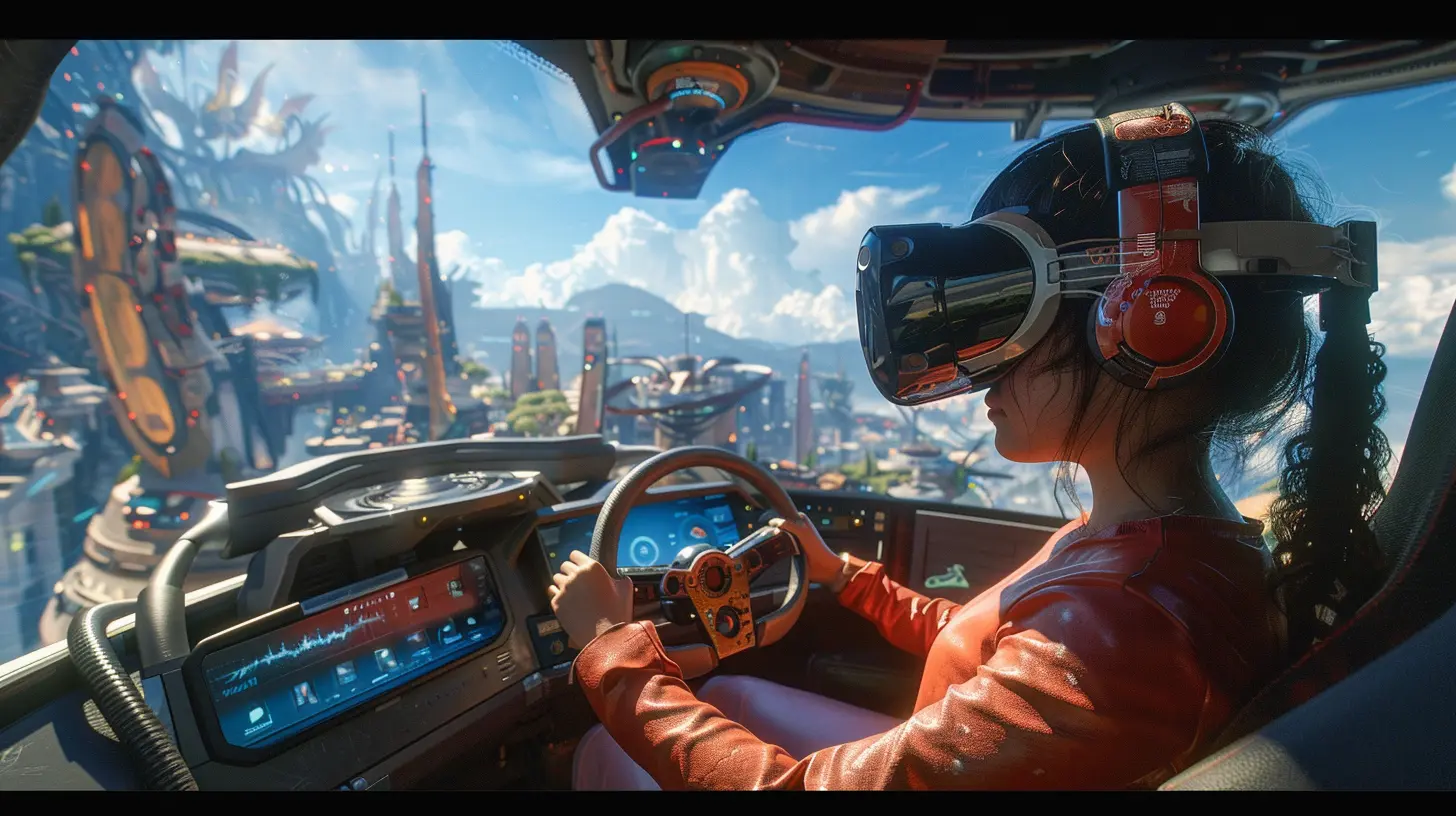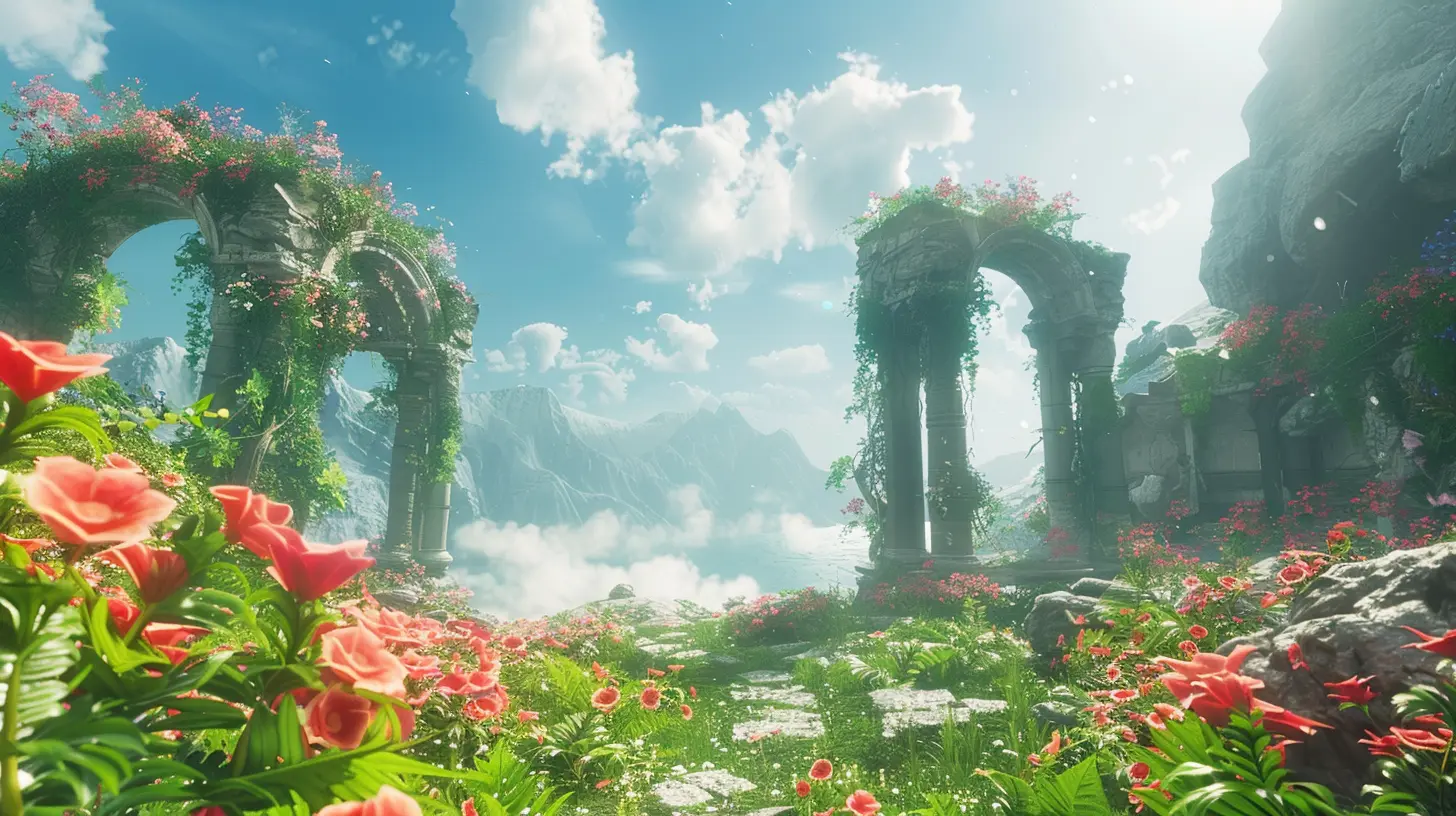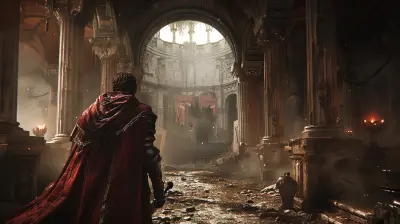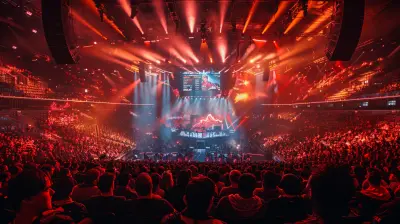Building VR Games: Which Engine Does It Best?
2 June 2025
Virtual Reality (VR) games are no longer just a figment of science fiction. They’ve become a cornerstone of modern gaming, offering immersive experiences that feel so real, it’s almost like stepping into a parallel universe. Pretty cool, right? But let’s be honest—creating VR games isn’t exactly child’s play. It’s a complex process that demands precision, creativity, and tools designed specifically for the task.
The most critical decision you’ll face as a VR game developer is: Which game engine should you use? Think of a game engine as the canvas where you’ll paint your next big masterpiece. Picking the right one can mean the difference between a mind-blowing VR experience and something that feels like a laggy, lifeless slideshow. So, which engine does VR game-building best? Let’s break it down.
Why Does Your Choice of Engine Matter?
Before diving into specific engines, let’s talk about why your choice matters. Think of it like choosing a car. If you’re planning a cross-country road trip, you wouldn’t grab a tiny two-seater sports car with no storage space, right? Similarly, not all game engines are created equal, especially when it comes to VR development. The engine you choose will impact:- Performance: A smooth, lag-free VR experience is non-negotiable.
- Graphics Quality: Stunning visuals can elevate your VR game from good to unforgettable.
- Ease of Use: Some engines have steeper learning curves than others.
- Community Support and Resources: You’ll want robust documentation and an active developer community to lean on.
With that out of the way, let’s roll up our sleeves and dive into the top contenders!
1. Unreal Engine: The Visual Powerhouse
Let’s kick things off with Unreal Engine, often regarded as the Ferrari of game engines. Unreal Engine is well-known for its jaw-dropping graphics, and in the VR world, visuals are everything. Imagine standing on a virtual beach and feeling like you’re actually there because the water ripples, the sand glistens, and the sunlight dances just right. That’s what Unreal Engine can do.Why Unreal Engine Is Great for VR Development
- High-Quality Graphics: Unreal’s photorealistic rendering capabilities set it apart from the competition.- Blueprint System: Not a coding wizard? No problem. Unreal’s visual scripting system, called Blueprints, makes prototyping a breeze.
- VR-Specific Features: Unreal has built-in VR motion controls and tracking, which makes designing those immersive experiences far easier.
- Large Asset Library: If you’re short on time (or creativity), Unreal’s marketplace has tons of pre-made assets and templates to kickstart your project.
Potential Downsides
- Unreal can be a bit overwhelming if you’re just starting as a developer. It’s like trying to fly a jet before you’ve learned to drive a car. Possible? Sure. But it’ll take some effort.- Resource-heavy projects may require a more powerful computer setup.

2. Unity: The All-Rounder
Unity is like the reliable Toyota of game engines—it’s not as flashy as Unreal, but it’s versatile, easy to pick up, and gets the job done. In fact, Unity powers a huge chunk of VR content out there, from indie experiments to high-budget productions.Why Unity Stands Out for VR Development
- User-Friendly Editor: Unity’s interface is intuitive, making it a favorite among beginners and experienced developers alike.- Cross-Platform Compatibility: Need your VR game to run on everything from Oculus to PlayStation VR? Unity has you covered.
- Asset Store: Unity’s Asset Store is massive, offering everything from 3D models to sound effects.
- Great Documentation: Unity’s learning materials are second to none, with plenty of tutorials, forums, and guides.
What Could Be Better?
- While Unity’s graphics capabilities are solid, they’re not as hyper-realistic as Unreal’s. If you’re aiming for a high-end AAA experience, that might be a dealbreaker.- Unity can struggle with rendering complex environments in VR without some optimization wizardry.

3. Godot: The Indie Darling
Godot might not have the same name recognition as Unity or Unreal, but don’t sleep on this engine. It’s free, open-source, and perfect for indie developers looking to dip their toes into VR game development without blowing their budget.Why Godot Is Worth Considering
- Lightweight and Fast: Godot’s lightweight framework makes it ideal for small-scale VR projects.- No Licensing Fees: Godot is entirely free, so you keep every penny your game earns.
- Open-Source Flexibility: Want to tweak the engine to suit your needs? Go ahead—Godot’s open-source nature gives you full control.
- Easy to Learn: Godot’s scripting language, GDScript, is beginner-friendly and similar to Python.
The Downsides
- Godot’s VR support isn’t as robust as Unity or Unreal. If your game relies heavily on cutting-edge VR features, you may run into limitations.- Its community, while passionate, is smaller compared to the giants like Unity or Unreal.
4. CryEngine: The Silent Contender
CryEngine doesn’t get as much hype these days, but it’s a hidden gem for VR developers who prioritize stunning visuals. It was the engine behind the famous Crysis franchise, so you know it’s capable of delivering jaw-dropping graphics.What Makes CryEngine a Strong Choice?
- AAA-Level Graphics: CryEngine’s visuals rival Unreal Engine, making it a solid choice for photorealistic VR worlds.- Free Use Model: Developers can use CryEngine for free, with a "pay-what-you-want" royalty system.
- Powerful Rendering Tools: From advanced lighting effects to realistic terrain generation, CryEngine has a lot of tricks up its sleeve.
What’s Not So Great?
- CryEngine’s learning curve can feel more like climbing Everest. It’s not the most beginner-friendly option out there.- Community support and tutorials can be harder to come by compared to Unity or Unreal.
5. Amazon Lumberyard: The Wild Card
If you’ve never heard of Amazon Lumberyard, don’t worry—you’re not alone. While it’s a lesser-known engine, it has a unique appeal: It’s free and deeply integrated with AWS (Amazon Web Services), making it a solid pick for multiplayer VR games.Key Benefits of Lumberyard
- AWS Integration: If you’re building an online multiplayer VR game, Lumberyard’s tight integration with the cloud is a game-changer.- Free to Use: Lumberyard doesn’t charge any licensing fees.
- Twitch Integration: This one’s for the streamers—Lumberyard makes it easy to create games with built-in social features like Twitch chat.
Why It’s Not a Top Pick
- Lumberyard is still developing as a platform, so it doesn’t have the polish or community resources of Unity or Unreal.- It’s highly specialized, making it a better choice for multiplayer-focused games rather than all-around VR projects.
The Verdict: Which Engine Does It Best?
So, which engine is “the best” for building VR games? Unfortunately, there’s no one-size-fits-all answer. Each engine has its strengths and weaknesses, and the right choice depends on your specific needs.- If you’re aiming for jaw-dropping graphics and have a bit of experience under your belt, Unreal Engine could be your dream partner.
- For flexibility, ease of use, and cross-platform compatibility, it’s hard to beat Unity.
- If you’re an indie developer working on a budget, Godot offers plenty of bang for zero bucks.
- For those chasing AAA-level visuals without the Unreal learning curve, CryEngine is worth exploring.
- And if your game is all about social interaction and multiplayer functionality, Amazon Lumberyard might just surprise you.
At the end of the day, the best engine is the one that aligns with your goals, skillset, and vision. So take your pick, roll up your sleeves, and start building the next great VR masterpiece. Who knows? Your game could be the one that redefines the VR experience for players everywhere.
all images in this post were generated using AI tools
Category:
Game EnginesAuthor:

Avril McDowney
Discussion
rate this article
3 comments
Lys McConnell
Great article! It's fascinating to see how different engines tackle VR development. Your insights on performance and ease of use really help clarify the options. Excited to see what developers create with these tools!
June 17, 2025 at 4:33 AM

Avril McDowney
Thank you for your kind words! I'm glad you found the insights helpful. Exciting times ahead for VR development!
Upton McCollum
Great article! It's fascinating to see how different engines cater to VR development. Unity's versatility and Unreal's stunning graphics both have their merits. Ultimately, the best choice depends on the project’s specific needs and team expertise.
June 8, 2025 at 4:16 AM

Avril McDowney
Thank you! I appreciate your insights on Unity and Unreal—they both offer unique strengths for VR development!
Inez Sharp
Great article! The exploration of various engines for VR game development reveals so much potential for creativity and innovation. Each option offers unique strengths, encouraging developers to push boundaries and create immersive experiences. Excited to see how these tools will shape the future of gaming—let’s keep building amazing worlds together!
June 5, 2025 at 4:46 PM

Avril McDowney
Thank you for your thoughtful comment! I'm glad you found the exploration of VR engines inspiring. Exciting times ahead for game development!



